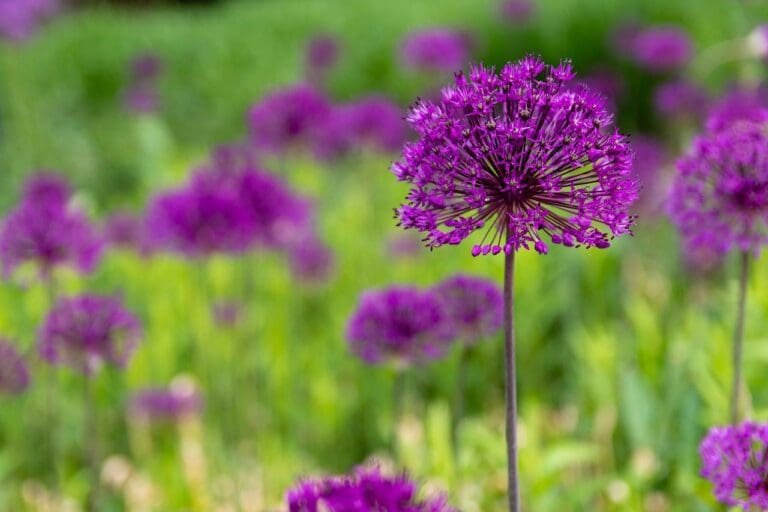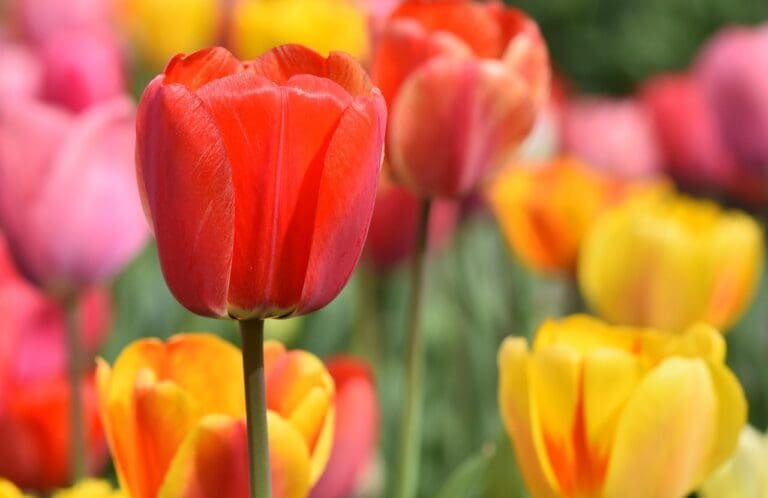As summer begins to wane and autumn approaches, many of us are looking for ways to extend the colour and interest in our outdoor spaces. The transition from late summer to early autumn doesn’t have to be a dull one, and your garden can continue to be a vibrant oasis with the right plant choices.
From eye-catching lilyturf to the radiant hues of fuchsia, these selections will ensure your garden continues to shine even as the days grow shorter.
Let’s explore the top 10 plants in bloom in September in the UK – discover how you can integrate them into your year-round garden design.
Top Tip
Consider planting a mix of evergreens alongside your flowering plants, as they will provide structure and visual interest in your garden throughout the entire year.
This post contains affiliate links which means we may make commission from any qualifying sales with no extra cost to yourself.
10 Plants in Bloom in September in the UK:
- Lilyturf (Liriope muscari)
- Fuchsia
- Chrysanthemums
- Rudbeckia
- Aster
- Japanese Anemone
- Snapdragons (Antirrhinum majus)
- Dahlias
- Hydrangeas
- Hebe ‘Autumn Glory’
1. Lilyturf (Liriope muscari)

Lilyturf, with its dense grass-like foliage and striking purple flower spikes, is perfect for edging paths or as a ground cover. Its blooms add a touch of colour to shady areas.
Plant it in partial shade in well-drained soil. Regular watering is required initially, but once established, it becomes relatively drought resistant. Removing spent flowers can promote new growth.
2. Fuchsia
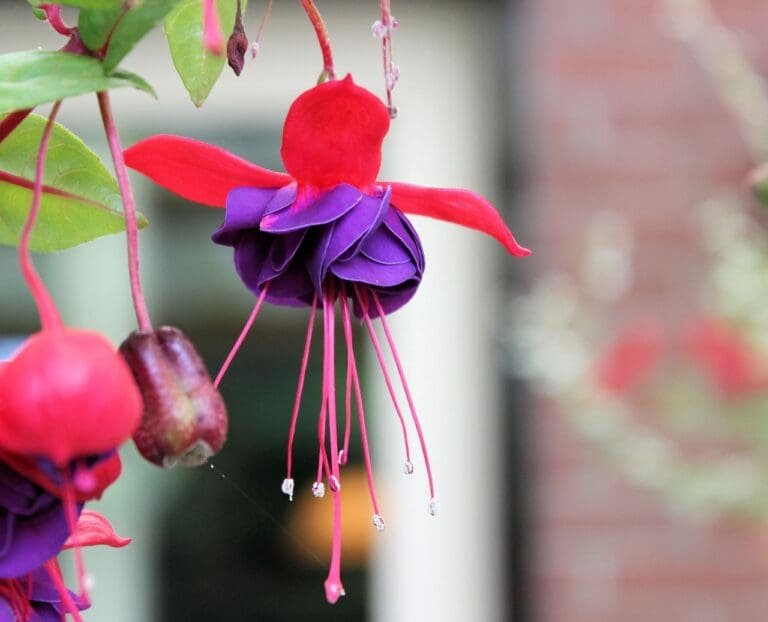
Fuchsia’s unmistakable drooping flowers come in various shades of pink, red, and purple. They add elegance and exotic flair to containers or hanging baskets.
Preferring partial shade, Fuchsia needs rich, well-drained soil and regular watering. Protecting it from harsh winter frost will ensure longevity.
3. Chrysanthemums
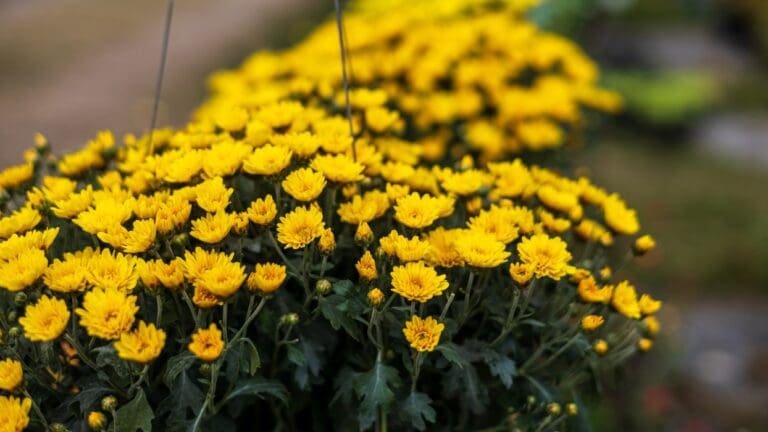
Known for a rich array of colours and diverse shapes, Chrysanthemums can be the star of the autumn garden. Their blooms last well into the fall.
They flourish in full sun to partial shade and need well-drained soil. Regular deadheading and sufficient watering promote more vibrant and longer-lasting blooms.
4. Rudbeckia
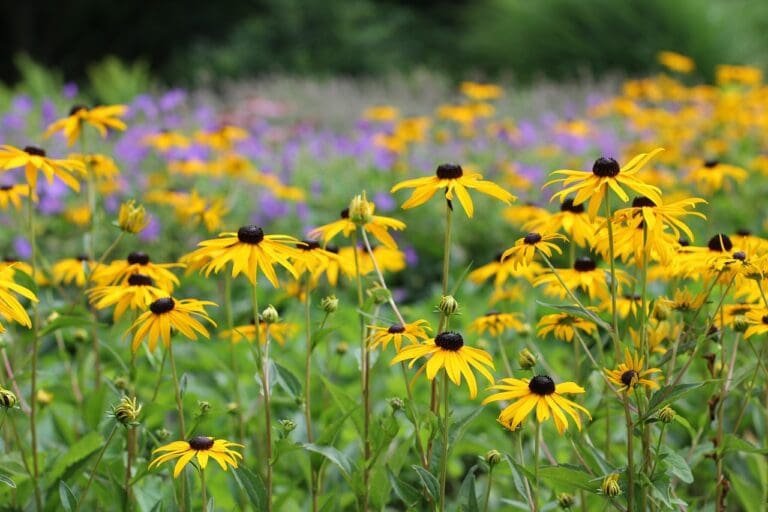
The golden-yellow flowers of Rudbeckia, often with a dark central cone, provide a cheerful splash of colour, attracting butterflies and other pollinators.
Thriving in full sun with fertile, well-drained soil, Rudbeckia needs regular watering but is quite drought-resistant once established.
5. Aster
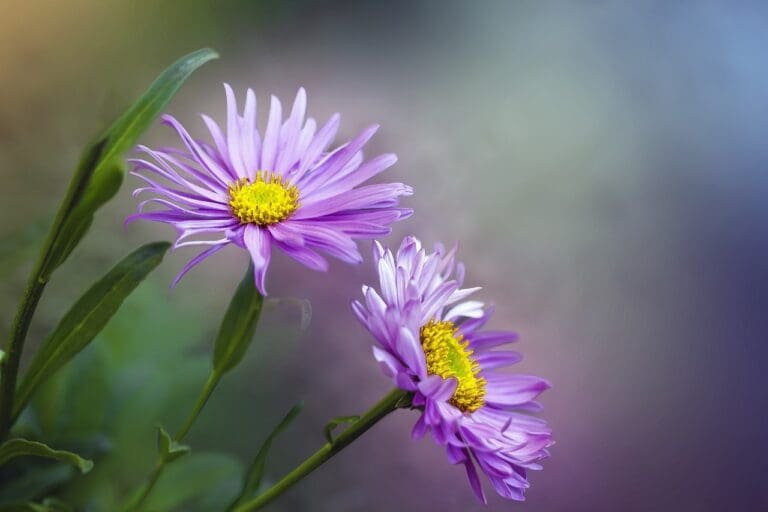
Asters are famous for their star-shaped flowers, which come in shades of purple, blue, pink, and white. They’re essential for late-season colour.
Preferring full sun and moist, well-drained soil, Asters benefit from regular pruning and deadheading to keep them blooming.
6. Japanese Anemone
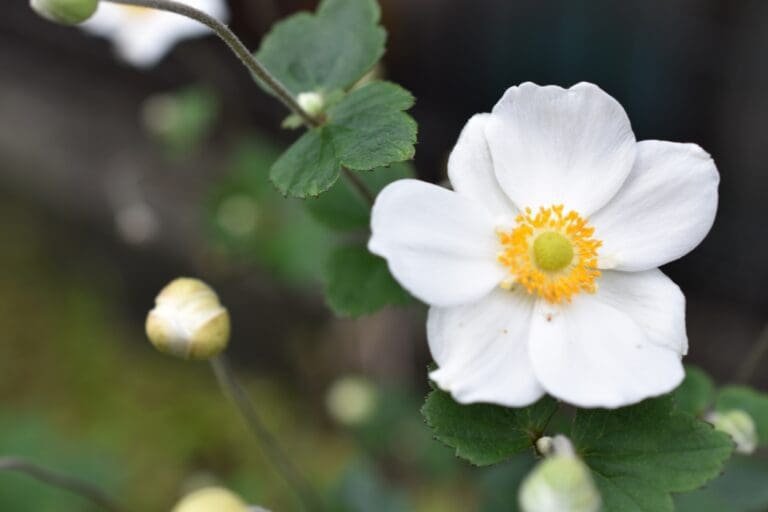
Japanese Anemones boast elegant, delicate flowers on tall, slender stems. Their white or pink blooms dance gracefully in the wind.
They prefer part shade and fertile, well-drained soil. Provide consistent moisture and protect them from strong winds to maintain their grace.
7. Snapdragons (Antirrhinum majus)
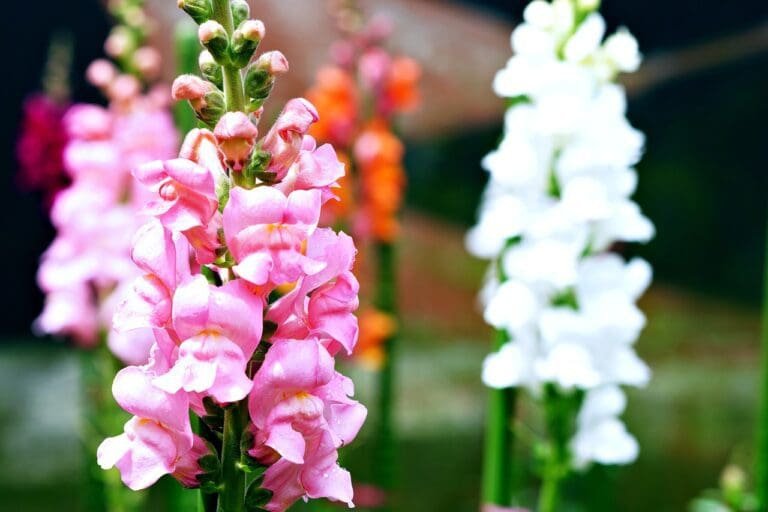
Snapdragons are delightful, with unique, dragon-shaped flowers in a range of vibrant colours. They add height and interest to borders.
Enjoying full sun, they prefer rich soil with good drainage. Regular deadheading promotes more flowers, and mild winter protection extends their life.
8. Dahlias
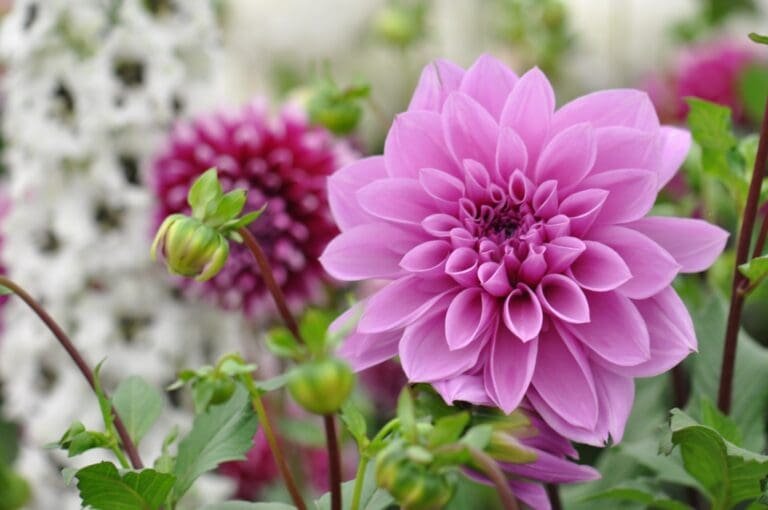
Dahlias are spectacular and diverse, offering a wide variety of forms and colours. Their bold and vibrant blooms can be a centrepiece in any garden.
Thriving in full sun with fertile, well-drained soil, Dahlias require regular deadheading and may need staking for support due to their heavy blooms.
9. Hydrangeas
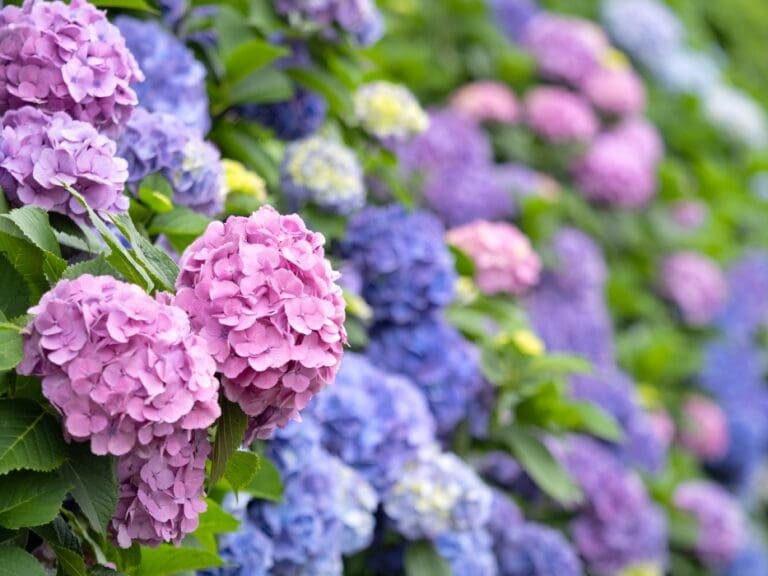
Hydrangeas are beloved for their large, globe-like flowers in shades of blue, pink, white, and purple. They provide a lush, cottage-garden feel.
Preferring partial shade, they need rich, moist soil. Regular watering and pruning of spent flowers will keep them thriving and blooming.
10. Hebe
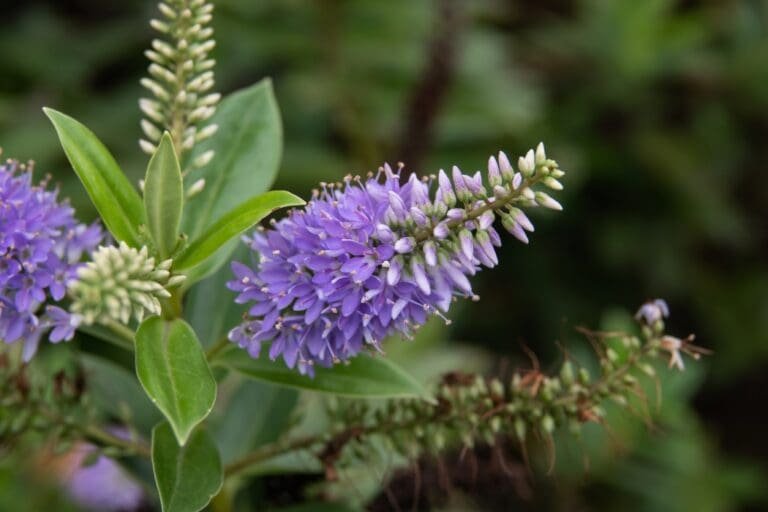
This compact evergreen shrub adds structure and year-round interest, with its glossy leaves and rich purple-blue flowers that bloom into the autumn.
Thriving in sun or partial shade, Hebe requires well-drained soil and minimal pruning. It’s an easy-to-care plant suitable for various garden styles.
Final thoughts
Designing a garden that radiates throughout the year is both an art and a pleasure. By choosing some of these spectacular September-blooming plants, you’ll inject vibrant colours and captivating textures into your garden well into the autumn months.
Integrating evergreens can offer structure and a constant visual anchor, ensuring your garden maintains its allure even in the bleakest winter months. The blend of seasonal stars with steadfast evergreens should help you to create a garden that upholds its structure and interest.
Frequently Asked Questions
Q. What flowers bloom in autumn in the UK?
Autumn in the UK is a season full of colour, with many plants blooming during this time. Some popular choices include chrysanthemums, aster, Japanese anemone, and hebe autumn glory. These plants add vibrant hues to the garden as the temperatures begin to drop.
Q. What is the longest flowering perennial in the UK?
One of the longest flowering perennials in the UK is the Rudbeckia, known for its golden-yellow blooms. It can flower from late summer into autumn, providing continuous colour for several months.
Q. What plants look good in autumn?
Many plants maintain their beauty in autumn, such as dahlias, hydrangeas, and snapdragons. The rich and varied colours of these flowers can add an exotic touch to the garden, enhancing its overall appeal during the season.
Q. How can I extend my garden’s colour into the autumn months?
To extend colour into the autumn months, consider planting a mix of late-blooming perennials and shrubs. Plants like fuchsia, aster, and lilyturf can provide a splash of colour, while evergreens can add structure and interest throughout the year.
Q. What are some low-maintenance autumn plants for UK gardens?
For those seeking low-maintenance options, chrysanthemums, Japanese anemone, and hebe autumn glory are excellent choices. They are relatively easy to care for and will thrive with basic aftercare, providing lasting beauty in your garden during the autumn months.


